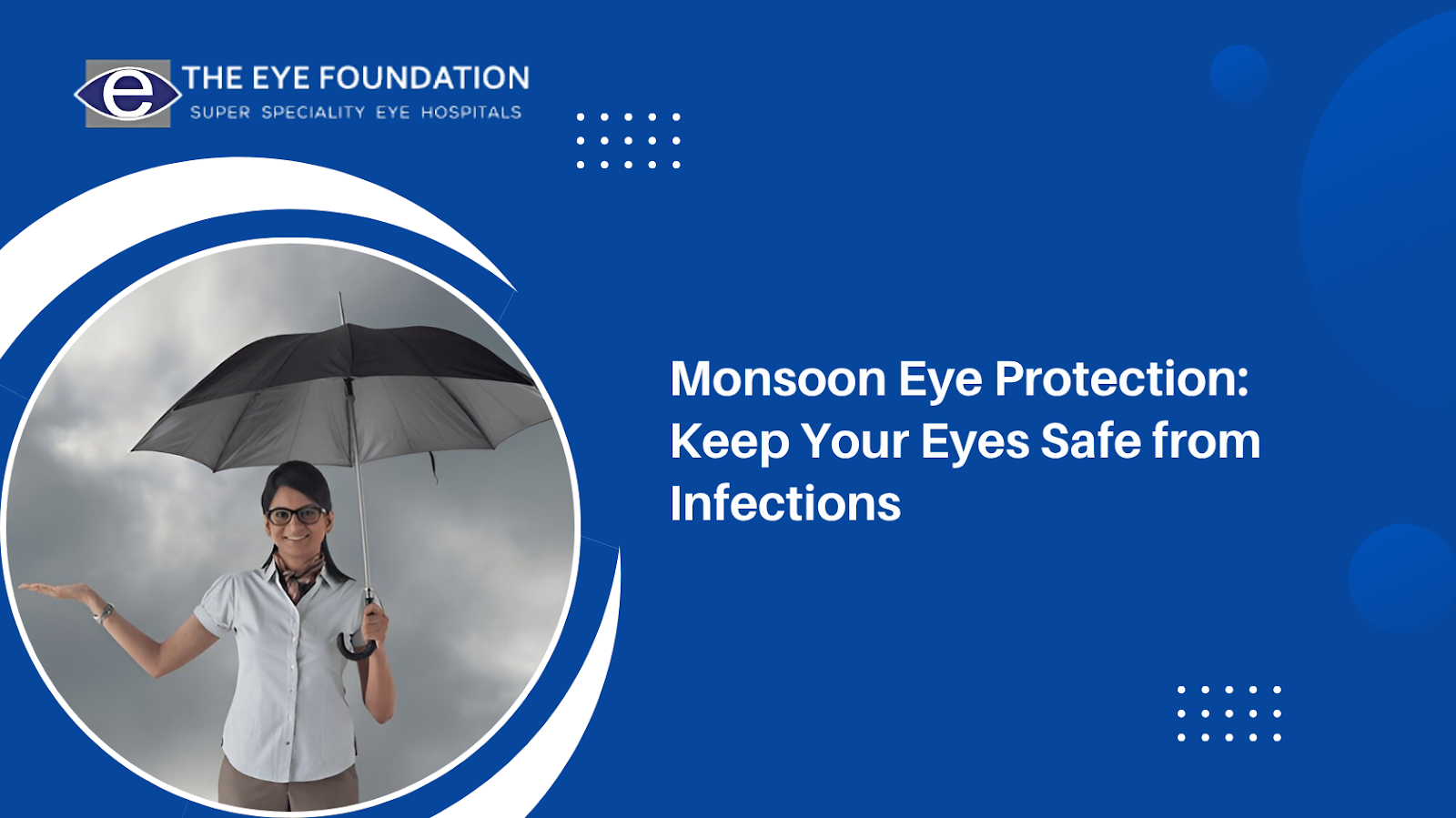Welcome to The Eye Foundation’s in-depth guide on understanding why eye cataracts happen. Millions of people worldwide experience cataracts, a prevalent eye condition. In this comprehensive article, we will delve into the intricate details of cataracts, exploring their causes, symptoms, risk factors, and available treatments.
What are Cataracts? Shedding Light on the Condition
Cataracts are clouding of the eye’s natural lens, leading to a gradual loss of vision. The lens, primarily responsible for focusing light onto the retina, is composed of water and proteins. As we age, these proteins may clump together, forming a cloudy area on the lens, and hindering light passage.
Different Types of Cataracts: Distinguishing Varieties
There are several types of cataracts, each with unique characteristics and underlying causes:
Nuclear Cataracts: Affecting the Center of the Lens
Nuclear cataracts form at the core of the lens and are linked to the natural aging process. They often result in nearsightedness and difficulty perceiving colors.
Cortical Cataracts: The Periphery Perplexity
Cortical cataracts develop in the lens cortex (the outer edge) and gradually extend towards the center, resembling white wedges. They may cause glare and issues with contrast sensitivity.
Subcapsular Cataracts: Cloaking the Back of the Lens
Subcapsular cataracts occur at the rear of the lens, mainly affecting individuals with diabetes or those taking high doses of steroids. These cataracts often lead to blurry vision, particularly in bright light.
Understanding the Causes: Unraveling the Triggers of Cataracts
The formation of cataracts can be attributed to various factors, including:
Aging – A Natural Culprit
Aging is the primary risk factor for cataracts. As we get older, the proteins in our lenses may clump together, gradually obstructing vision.
UV Radiation: The Invisible Enemy
Prolonged exposure to ultraviolet (UV) radiation, primarily from the sun, can accelerate cataract development. Wearing sunglasses and hats can help protect against UV rays.
Diabetes: A Double Threat
Individuals with diabetes are more prone to cataracts due to elevated blood sugar levels, which may cause changes in the lens.
Lifestyle and Diet: Impact on Eye Health
A diet rich in antioxidants, vitamins, and minerals can support eye health and delay the onset of cataracts. Conversely, smoking and excessive alcohol consumption may increase the risk.
Recognizing the Symptoms: Signs of Cataracts
Cataracts often develop slowly and may not exhibit noticeable symptoms in the early stages. However, as they progress, the following signs may become evident:
Blurred Vision: A Fading World
Blurred vision is one of the primary symptoms of cataracts. As the lens becomes cloudier, the sharpness of vision diminishes.
Sensitivity to Light: A Glaring Issue
People with cataracts may experience heightened sensitivity to light, particularly bright lights or sunlight.
Night Vision Problems: Dimming Lights
Cataracts can hinder night vision, making it challenging to see clearly in low-light conditions.
Halos and Glare: A Hazy Halo
The presence of halos around lights and glare from headlights or lamps is another common symptom of cataracts.
Preventing Cataracts: Shielding Your Eyes
While cataracts are primarily age-related, certain preventive measures can reduce the risk of their development:
Regular Eye Exams: Eye Health Assessment
Routine eye exams can help detect cataracts at an early stage, allowing for timely intervention.
UV Protection: Guarding Against Harmful Rays
Wearing sunglasses with UV protection and wide-brimmed hats can shield the eyes from harmful UV radiation.
Healthy Diet: Nourishing Your Vision
Incorporating antioxidant-rich foods such as leafy greens, citrus fruits, and colorful vegetables into your diet can benefit eye health.
Quit Smoking: Breaking Free from the Habit
Smoking has been linked to an increased risk of cataracts, so quitting can positively impact eye health.
Cataract Surgery: Regaining Clarity
In advanced stages, cataracts may significantly impact daily life and require surgical intervention. Cataract surgery is a safe and effective procedure:
Phacoemulsification: Ultrasonic Fragmentation
Phacoemulsification involves using ultrasound energy to break up the clouded lens, which is then gently removed.
Intraocular Lens (IOL) Implantation: Clear Vision
After removing the natural lens, an artificial intraocular lens is implanted to restore clear vision.
Recovery and Results: Swift and Significant
Cataract surgery is typically an outpatient procedure, and patients experience improved vision within a few days.
Frequently Asked Questions (FAQs)
- Are Cataracts Only Age-Related?
While age is the most common risk factor, cataracts can also be caused by diabetes, UV radiation, and certain medications.
- Can Cataracts Be Treated with Eye Drops?
No, cataracts cannot be treated with eye drops. Surgery is the only effective treatment to remove the cloudy lens.
- Is Cataract Surgery Painful?
Cataract surgery is generally painless due to the use of local anesthesia, and patients may experience mild discomfort during the recovery period.
- Can Lifestyle Changes Slow Down Cataract Progression?
Yes, adopting a healthy lifestyle, including a balanced diet and protection against UV radiation, may delay cataract development.
- Can Cataracts Return After Surgery?
Once a cataract is removed, it does not return. However, some individuals may develop clouding in the posterior lens capsule, which can be treated with a laser procedure.
- When is the ideal time to undergo cataract surgery?
The right time for cataract surgery varies for each individual. It is best to consult an ophthalmologist to determine the appropriate timing based on the severity of the cataract and its impact on daily life.
Ready to take the first step toward a clearer vision? Schedule an Appointment at The Eye Foundation today and let our experts guide you towards optimal eye health and clarity.






